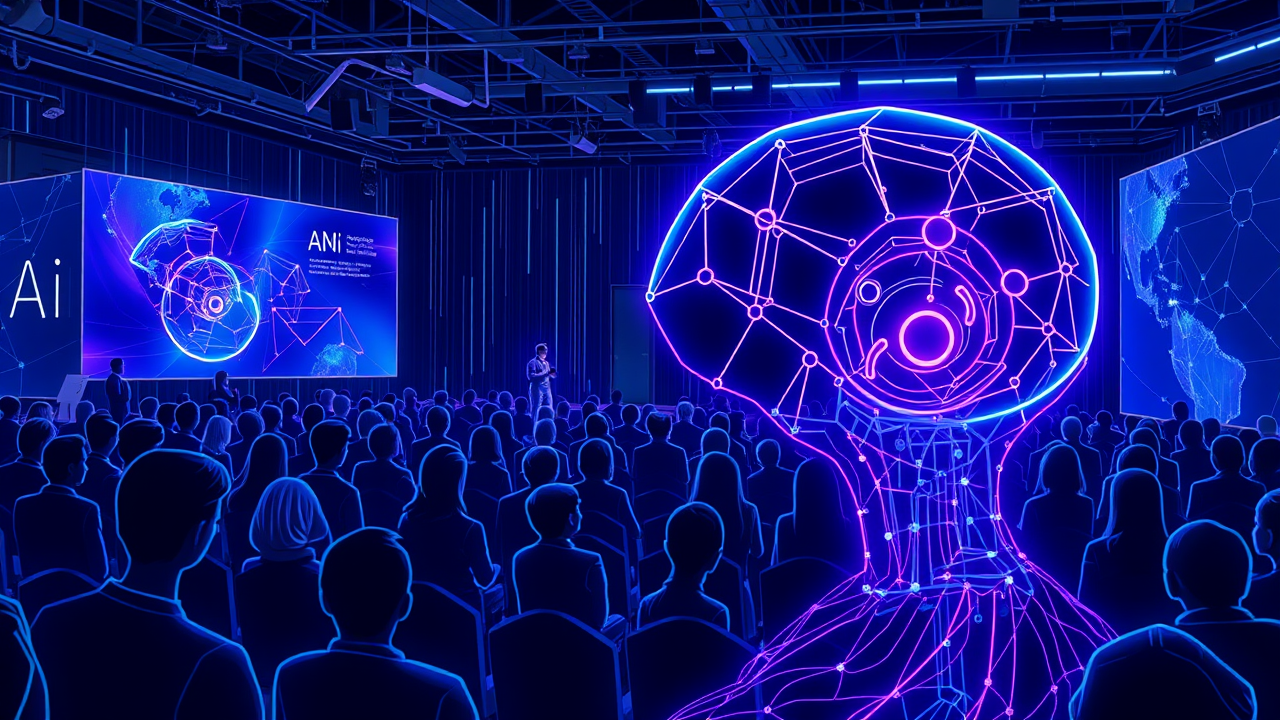OpenAI's 2025 Developer Conference Preview and Viewing Guide
The tech world is holding its collective breath as OpenAI's third developer conference, slated for late 2025, approaches, an event that is already being framed as the organization's most ambitious showcase to date, potentially eclipsing the watershed moments of its predecessors. For those of us who live and breathe the arcane details of large language models and the relentless march toward artificial general intelligence, this isn't merely another corporate keynote; it's the equivalent of a Super Bowl for the AI research community, a focal point where theoretical papers and GitHub repositories collide with tangible product roadmaps that will shape the next decade of human-computer interaction.Recall the seismic shift caused by the launch of GPT-4, which didn't just iterate on its predecessor but fundamentally redefined the ceiling of machine reasoning and multimodal capabilities, sending ripples through every industry from healthcare diagnostics to creative writing. The upcoming conference is poised to build on that legacy, with industry whispers and analysis of recent research papers hinting at several critical frontiers: the maturation of agent-like systems that can execute complex, multi-step tasks autonomously, a significant leap in reasoning benchmarks that could narrow the gap between narrow AI and more generalized problem-solving, and crucial updates to the developer API that may finally address the perennial challenges of cost-efficiency and latency that currently gatekeep widespread enterprise adoption.We must also consider the broader geopolitical and ethical context in which this conference unfolds; regulatory bodies in the European Union and the United States are drafting the first comprehensive AI Acts, and OpenAI's announcements will undoubtedly be scrutinized as a de facto industry standard, setting precedents for safety, transparency, and the contentious debate over open-source versus closed-source model development. From an architectural standpoint, the community is abuzz with speculation about a potential 'GPT-5' or, perhaps more intriguingly, a move away from sheer scale toward more elegant, efficient model architectures that prioritize logical consistency and factual accuracy over raw parameter count—a shift that would mirror historical pivots in computing from brute force to optimized algorithms.The implications for the global developer ecosystem are profound; enhanced tooling could democratize AI application development, empowering smaller startups to compete with tech giants, while also raising urgent questions about data provenance, copyright, and the environmental cost of training ever-larger neural networks. As we count down to the event, the viewing guide is simple: pay less attention to the flashy demos and more to the technical white papers and platform updates, for it is in the granular details of the API documentation and the nuanced statements on alignment research that the true future of AI will be written, a future that promises to be as disruptive as the advent of the personal computer or the internet itself.
Latest News
It’s quiet here...Start the conversation by leaving the first comment.
